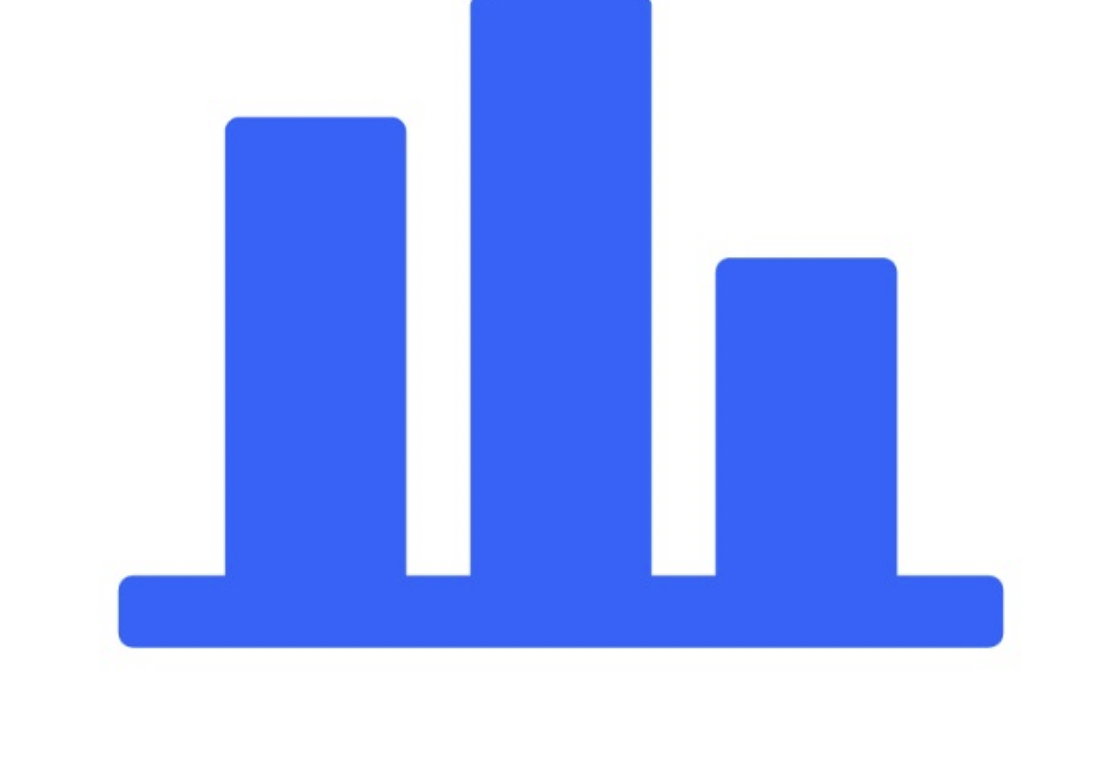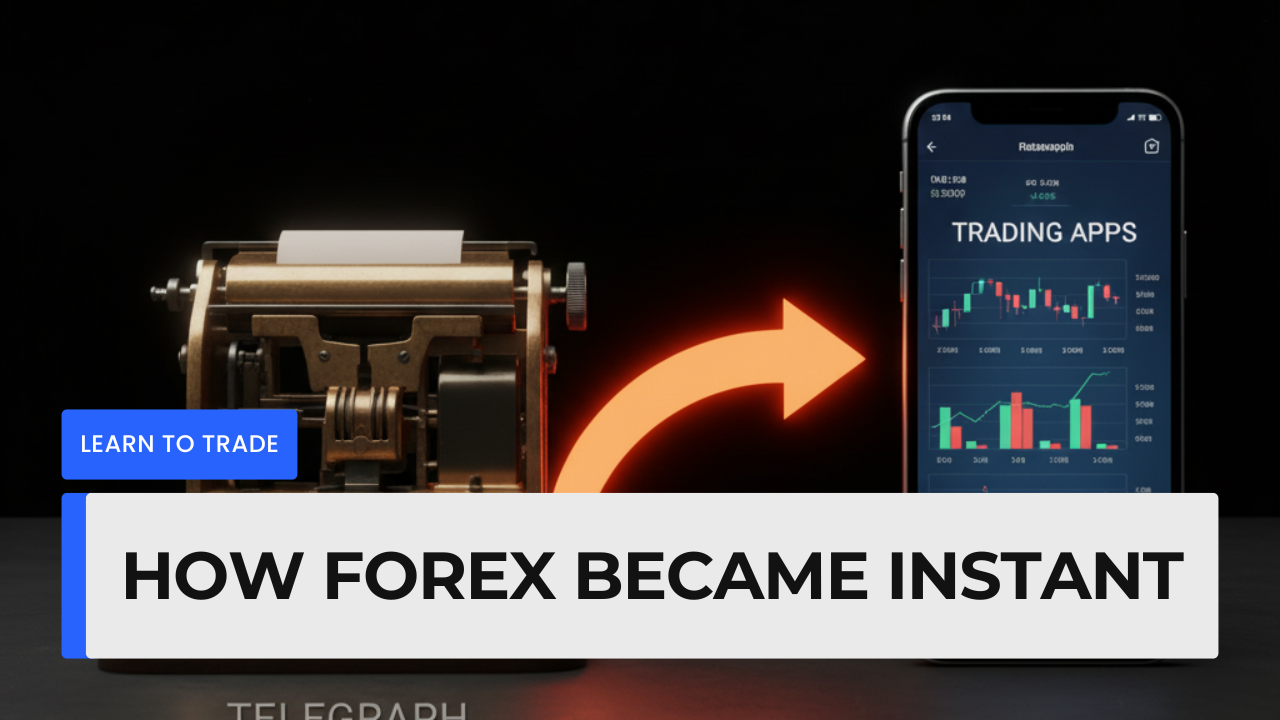A Journey Through Time
Long before the screens, charts, and trading platforms we know today, currency exchange was a slow and uncertain process. Imagine living in the early 1800s — when the only way to find out exchange rates was through letters carried by ships, couriers on horseback, or whispers passed along trade routes.
By the time the information reached another country, days or even weeks had passed, and the market had already changed.
Then came a spark that changed everything — the electric telegraph.
The Telegraph: The First Trading Revolution
When the telegraph was invented in the 1830s–1840s, it didn’t just send messages — it reshaped global finance.
For the first time in history, traders in London, New York, and Paris could send and receive exchange rates almost instantly.
A message that once took weeks to cross the ocean now traveled in minutes.
The result?
A new era of speed, connection, and opportunity.
The telegraph made real-time trading possible, laying the foundation for what would one day become the modern Forex market.
Arbitrage — buying currency low in one market and selling high in another — suddenly became feasible.
This was the world’s first taste of fast trading, and it forever changed how money moved.
The Traditional Era: When Forex Was Personal
Even with telegraph networks buzzing across continents, trading was still mostly manual.
If you wanted to exchange money, you had to walk into a bank or money changer, see the day’s posted rate, and make the transaction.
It was straightforward but limited.
You had to be there in person, rates changed slowly, and profit opportunities were few. Most exchanges were for travel, business, or imports and exports — not speculation.
It wasn’t until over a century later that the next big shift arrived.
The Internet Arrives: Forex Goes Digital
In the 1990s, the internet did for trading what the telegraph did for communication — it made it instant and global.
Suddenly, traders no longer needed to visit banks or wait for the day’s paper quotes.
They could open laptops, check charts, and trade currencies from anywhere in the world.
This was the dawn of online Forex trading — fast, accessible, and open to everyone.
What changed?
- Access – Anyone with internet could trade or learn.
- Speed – Prices updated in real time.
- Information – Global news, data, and charts were available 24/7.
- Flexibility – You could trade anytime, anywhere.
What once took days and telegrams could now happen in seconds with a single click.
From Physical to Speculative Trading
The biggest difference between traditional and online Forex is ownership.
In the old days, you physically held the currency — euros, dollars, pounds.
In modern trading, you don’t own the currency itself — you speculate on whether its price will rise or fall.
It’s like predicting the movement of gold or oil — you profit from the change in value, not the asset itself.
This shift turned Forex from a service into an opportunity.
The Power of Leverage
Another game-changer arrived with the concept of leverage.
Leverage allows traders to control large amounts of money with small investments.
For example, with 1:100 leverage, $100 could control $10,000 worth of trades.
It’s powerful — but also risky. Just as profits can multiply, so can losses.
That’s why knowledge and discipline are more important than ever.
Online trading also introduced CFDs (Contracts for Difference) — allowing traders to speculate on price movements without owning the currency.
The Rise of Online Traders
Today, Forex has evolved into one of the largest financial markets in the world, open 24 hours a day, five days a week.
It’s accessible to anyone with an internet connection — students, professionals, entrepreneurs, or full-time traders.
Why has it become so popular?
✅ Small starting capital
✅ Instant execution and real-time prices
✅ Global access to every major currency
✅ Educational resources for all levels
Online Forex trading is the modern continuation of what the telegraph started — fast, connected, and global.
Learning Before Trading — The Holo Forex Way
At Holo Forex, we believe technology has made trading faster — but education makes it smarter.
The best traders aren’t just fast; they’re informed, disciplined, and strategic.
That’s why we focus on teaching traders how to:
- Understand the market and its movements
- Manage risk effectively
- Trade with confidence and control
Because while the tools have changed — from telegraphs to apps — one truth remains:
Knowledge is the real power behind successful trading.
Final Thoughts
The telegraph connected markets across oceans.
The internet connected traders across the world.
And today, platforms like Holo Forex connect technology with knowledge — giving everyone the chance to be part of a global financial story that began nearly two centuries ago.
Forex trading has always been about speed and connection, and that journey continues every time you place a trade.


